Some muscle cars hit hard and then vanished—buried by timing, politics, or plain bad luck. They didn’t all get the magazine covers or Barrett-Jackson hype, but they moved, and many had the hardware to back it up. You just didn’t hear about them as much.
This list isn’t about what everyone already knows. It’s about the ones that slipped through—quick, rare, or tied to drama that took them out early. Some were fast on paper, some were killed off too soon, but all left something behind worth talking about.
1971 Dodge Charger Super Bee 440 Six Pack
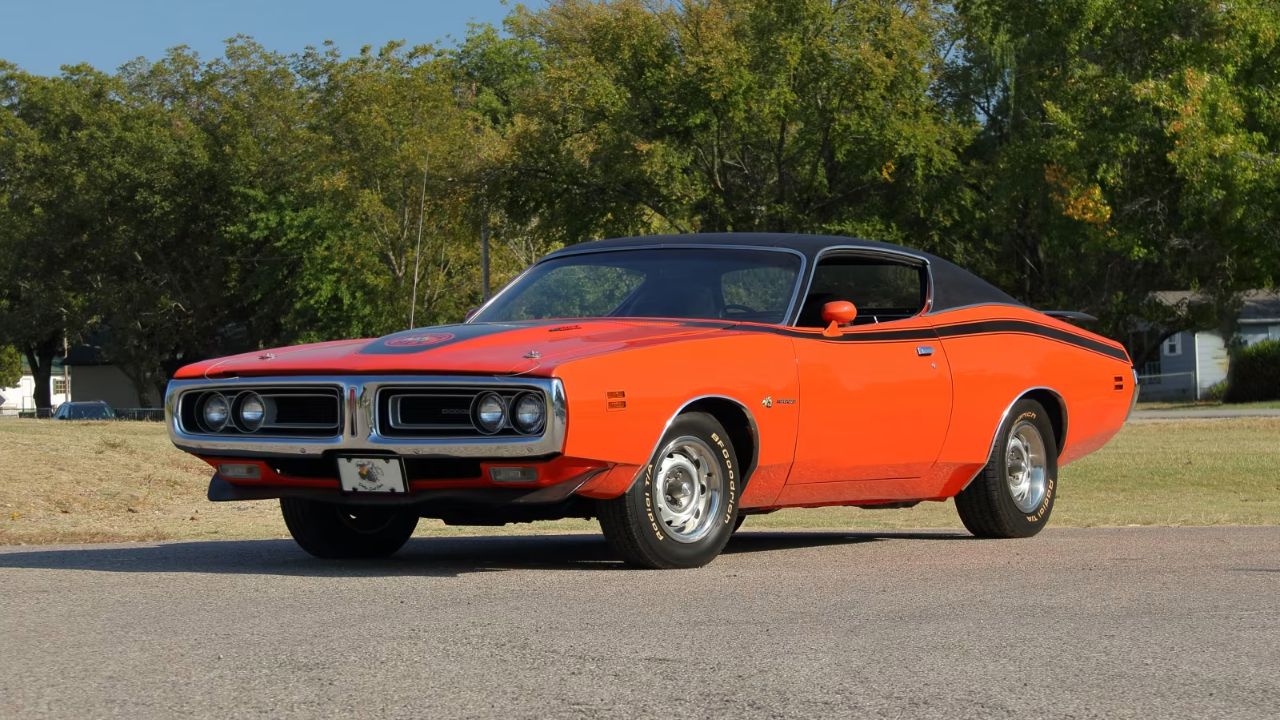
By ’71, the Super Bee name had moved to the Charger body, and sales took a hit. But with a 440 Six Pack cranking 385 hp, it was still brutally quick. A 3-speed TorqueFlite or 4-speed manual let you decide how much work you wanted to do.
The Charger platform added weight but brought a more modern feel and better ride quality. You could still get the Rallye dash, high-back buckets, and functional hood scoops. It didn’t sell well, but this was a serious power car hiding in a changing market.
1970 Mercury Cyclone Spoiler 429

Mercury’s Cyclone Spoiler never got the press it deserved. With the 429 Cobra Jet under the hood making 370 hp, it was anything but slow. You could even option the Drag Pack for better gears and an oil cooler, which turned it into a legit strip weapon.
The fastback body was aerodynamic for the era, and it came with competition suspension and front disc brakes. Inside, it was all muscle-era basics—bench or buckets, nothing fancy. It got lost in Ford’s crowded performance lineup, but performance-wise, it could throw punches with the best of them.
1971 AMC Matador Machine

The Matador Machine was AMC’s low-profile attempt at staying in the muscle game. It packed a 401-cubic-inch V8 with 330 hp, bolted to a 4-speed manual or optional automatic. It wasn’t light, but it pulled surprisingly hard for a car that looked like a highway cruiser.
It came with upgraded suspension, dual exhaust, and a few styling cues pulled from the Rebel Machine. Inside, you got high-back buckets, woodgrain accents, and a no-nonsense dash. It got buried in a shrinking market and AMC’s own struggles, but it could run with the best of ’em when new.
1969 Pontiac Grand Prix SJ 428 HO
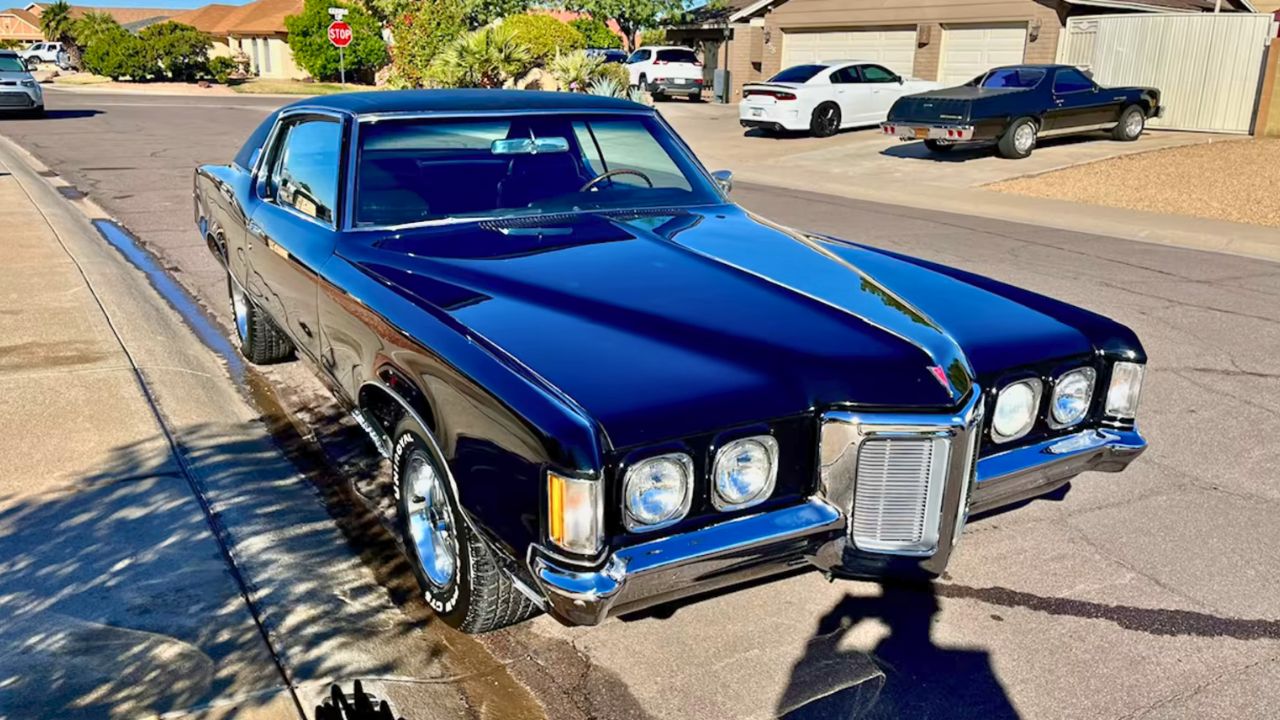
This wasn’t your typical muscle car shape, but the Grand Prix SJ hid a 428 HO under its long hood, making 390 hp and 465 lb-ft. That kind of grunt in a personal luxury coupe was no joke, especially paired with a heavy-duty suspension and 3.42 gears.
Pontiac gave it buckets, a console-mounted shifter, and their famous wraparound dash. It was meant to feel high-end but could move like a GTO. The big body and subtle looks made it easy to miss, but on the street, it didn’t take much to show it had real muscle.
1973 Buick Century GS Stage 1

Everyone talks about ’70 Buicks, but the ’73 Century GS Stage 1 kept the fire alive a bit longer. Its 455 still pushed 270 net hp and a mountain of torque, despite being down from the old gross ratings. It was the last real Buick muscle before things went soft.
It came with firm suspension, front and rear sway bars, and a posi rear. Inside, the car leaned into comfort—plush seats, faux wood, and cruise control. It wasn’t built for the strip like earlier models, but on the street, it still knew how to move weight.
1970 Chrysler 300 Hurst

Only 501 were built, and they were aimed more at luxury speed than stoplight sprints. But the 300 Hurst came with a 440 TNT engine rated at 375 hp and over 480 lb-ft of torque. It was a heavyweight, no question, but it could move.
The fiberglass hood and decklid saved weight, and the car rode on upgraded suspension with stiffer springs and anti-roll bars. Inside, it was all Chrysler plush—power everything, full gauges, and leather. A big-body muscle sedan with limited production and serious torque credentials.
1974 AMC Javelin AMX 401

By ’74, muscle was on the ropes, but AMC still threw punches. The Javelin AMX could be had with a 401-cubic-inch V8 making 235 net hp, which translated to plenty of usable torque. It was down on paper, but still quick in the real world.
The car featured beefed-up suspension, front disc brakes, and a T-bar roof option that added some style. Inside, AMC gave you a rally gauge cluster, optional leather, and a snug cockpit feel. It died with the gas crisis, but AMC gave it a real shot before pulling the plug.
1970 Oldsmobile Rallye 350
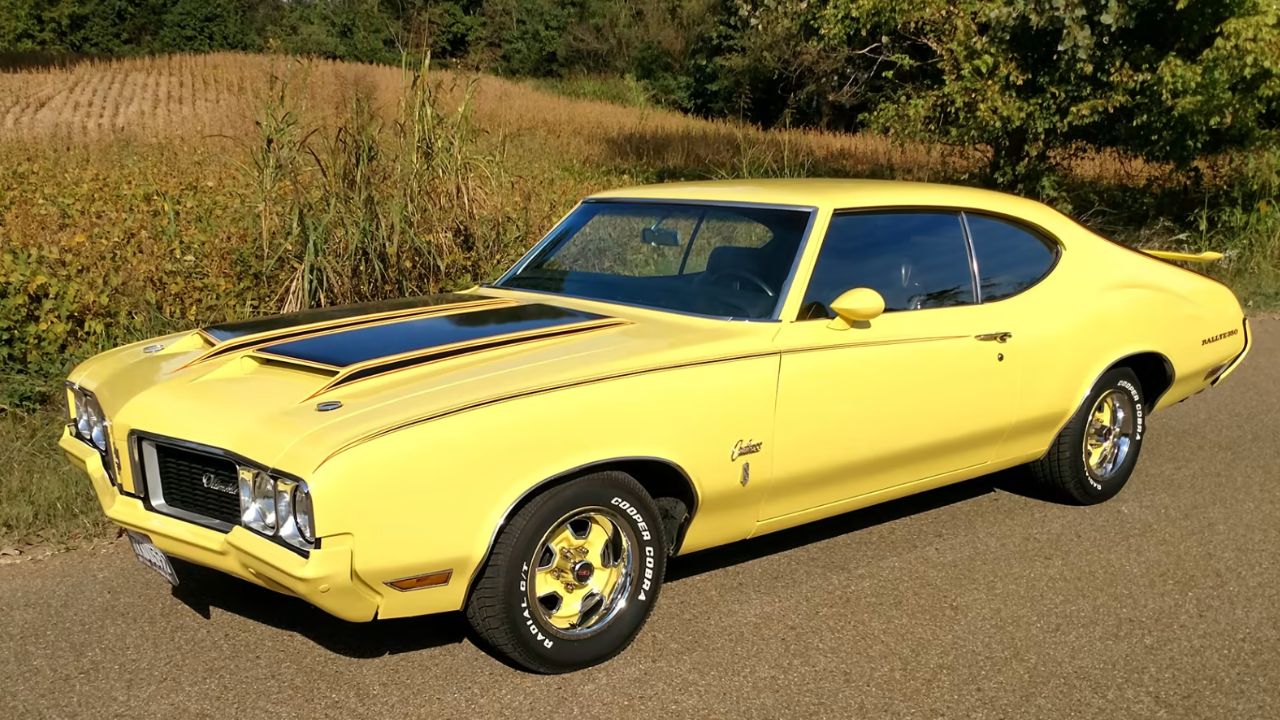
The Rallye 350 was built to give muscle car looks and decent power at a more affordable price. It used the L74 350 V8 with 310 hp and a W-25 fiberglass hood. Lightweight compared to a 455 car, it handled well for its time.
Olds painted everything Sebring Yellow—even the bumpers. It looked wild but didn’t quite hit the numbers buyers expected. Suspension was upgraded, and it came with dual exhaust, sway bars, and special trim. It didn’t last long, but it’s one of the rare factory attempts at a “junior” muscle car.
1966 Ford Fairlane GT 390
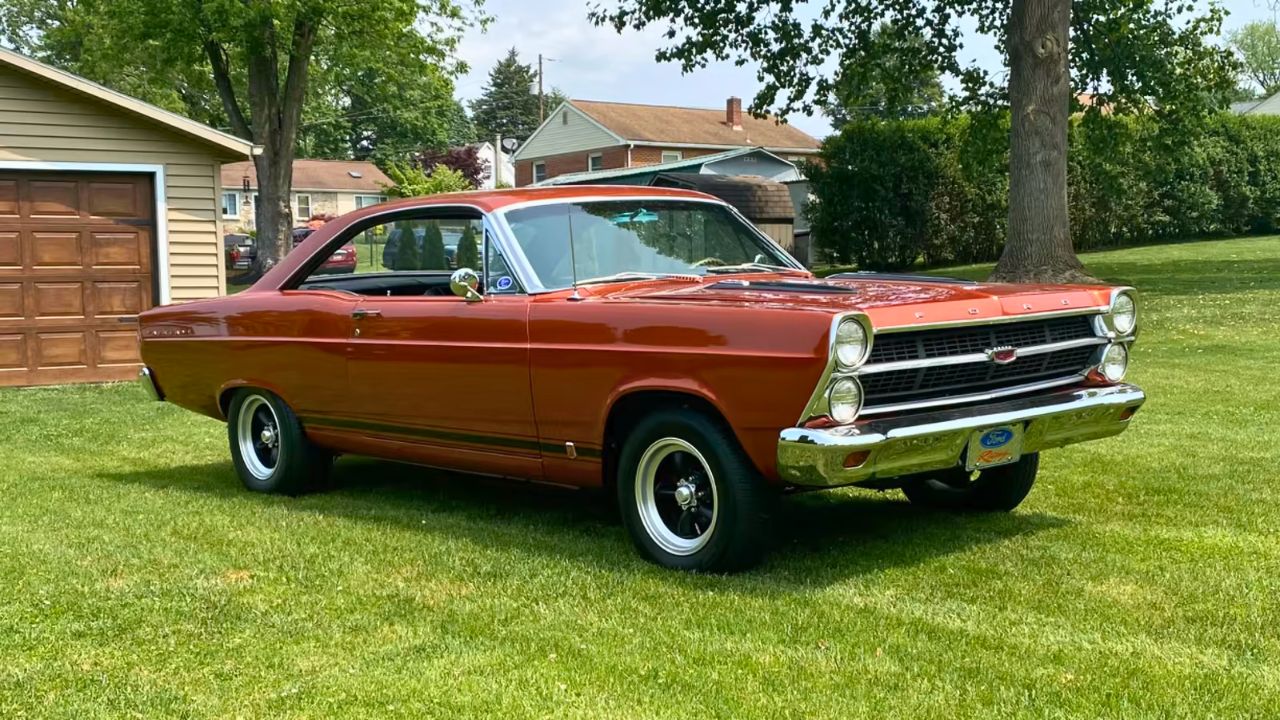
The 390 GT was the muscle starter pack for Ford midsizers. Rated at 335 hp, it had plenty of torque and came backed by a 4-speed or automatic with performance axle options. Ford kept the weight reasonable, and the car had good balance.
Handling wasn’t a strong point, but it got better with the optional suspension upgrades. Bucket seats, console, and GT trim added some flash, but this was still a workhorse muscle car. The 427s got the headlines, but the 390 GT kept the Ford muscle train moving.
1977 Pontiac Can Am

Built off the LeMans, the Can Am came with a 6.6L 400 V8 (or 455 in some early cars), and only around 1,100 were made. It had a shaker hood, Trans Am suspension, and looked like a GTO in exile.
Interior was straight from the LeMans playbook—wide seats, fake wood, and padded everything. The real story was how fast these were for the time, thanks to decent gearing and torque. They were killed off by supply chain issues, not demand. A strange one-year blip with real potential.
Like what you read? Here’s more by us:
*Created with AI assistance and editor review.

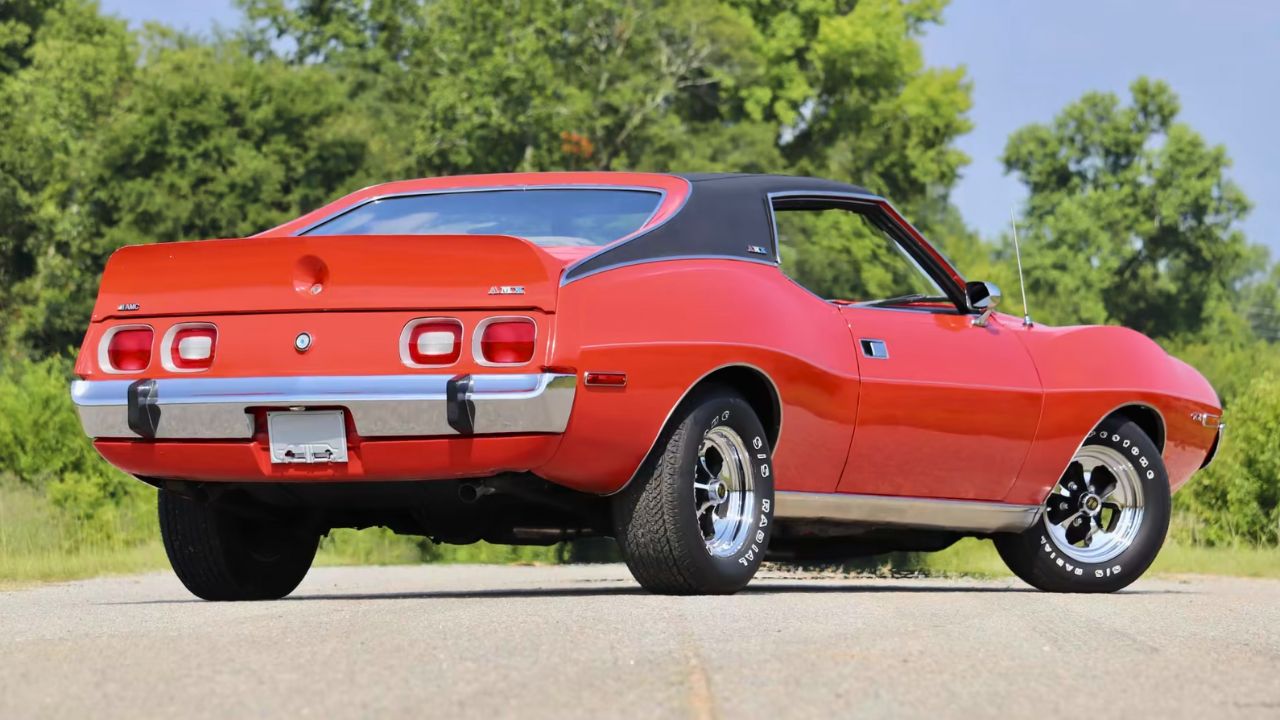
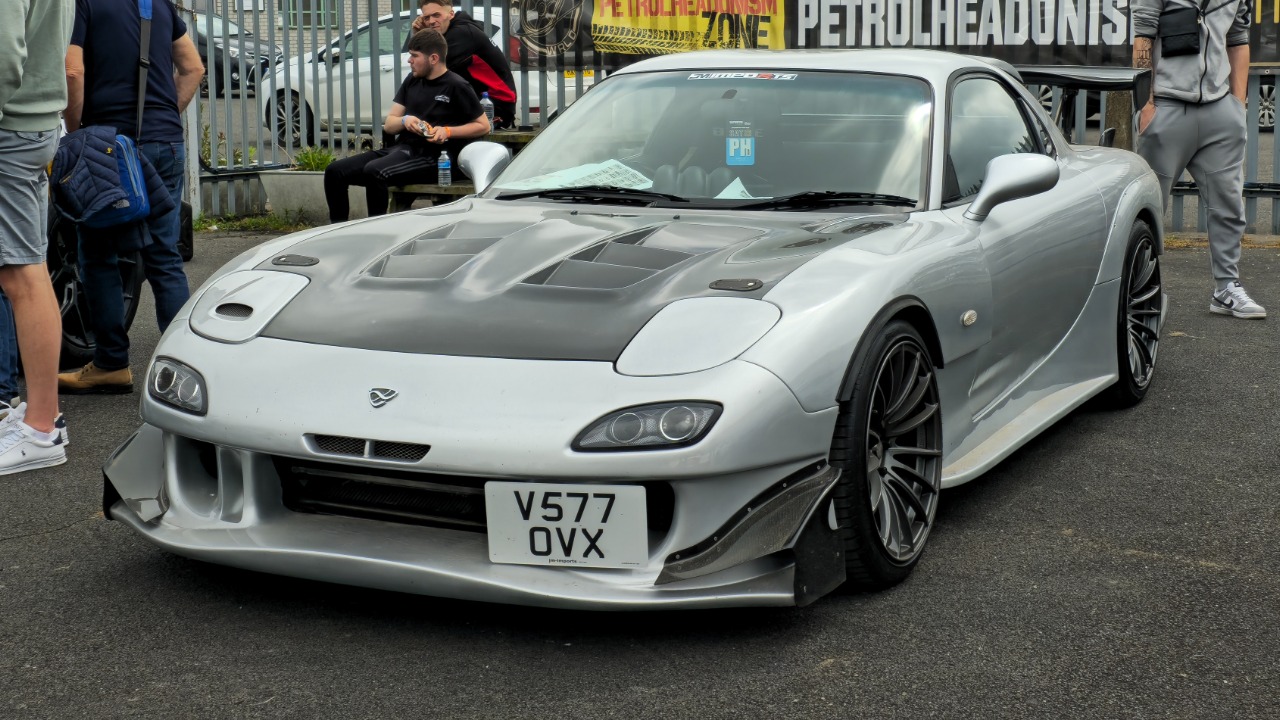
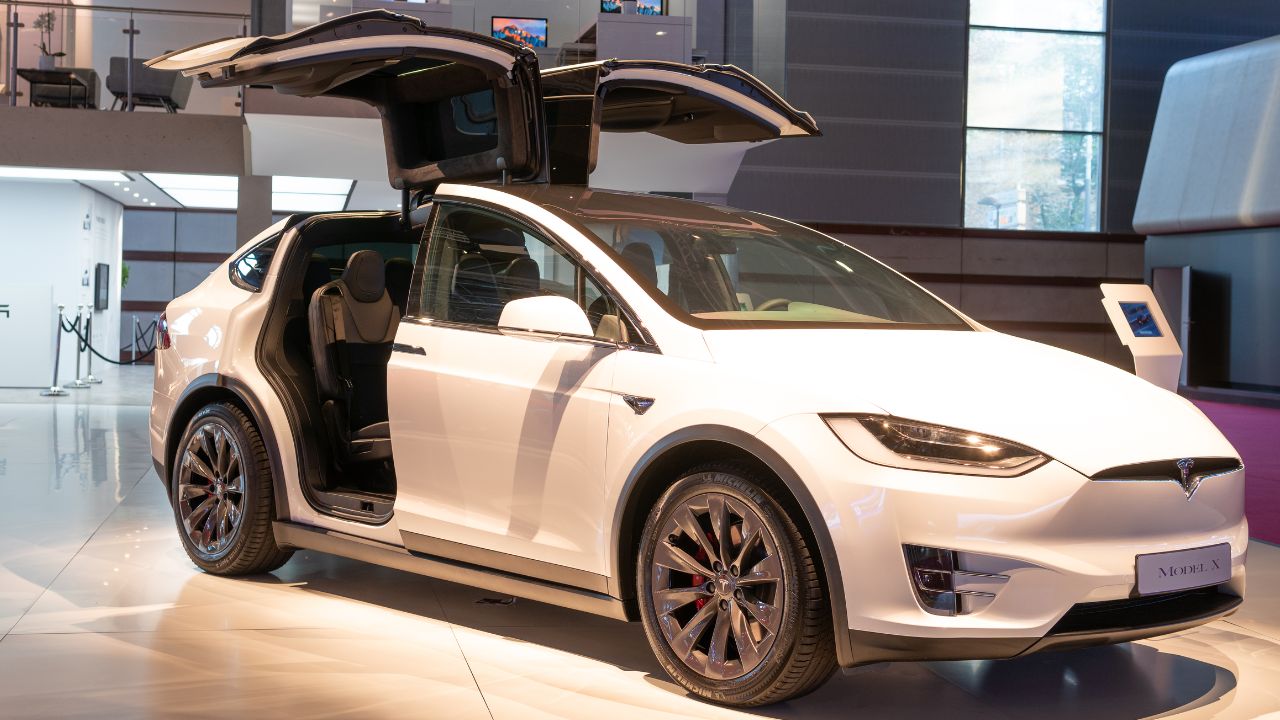

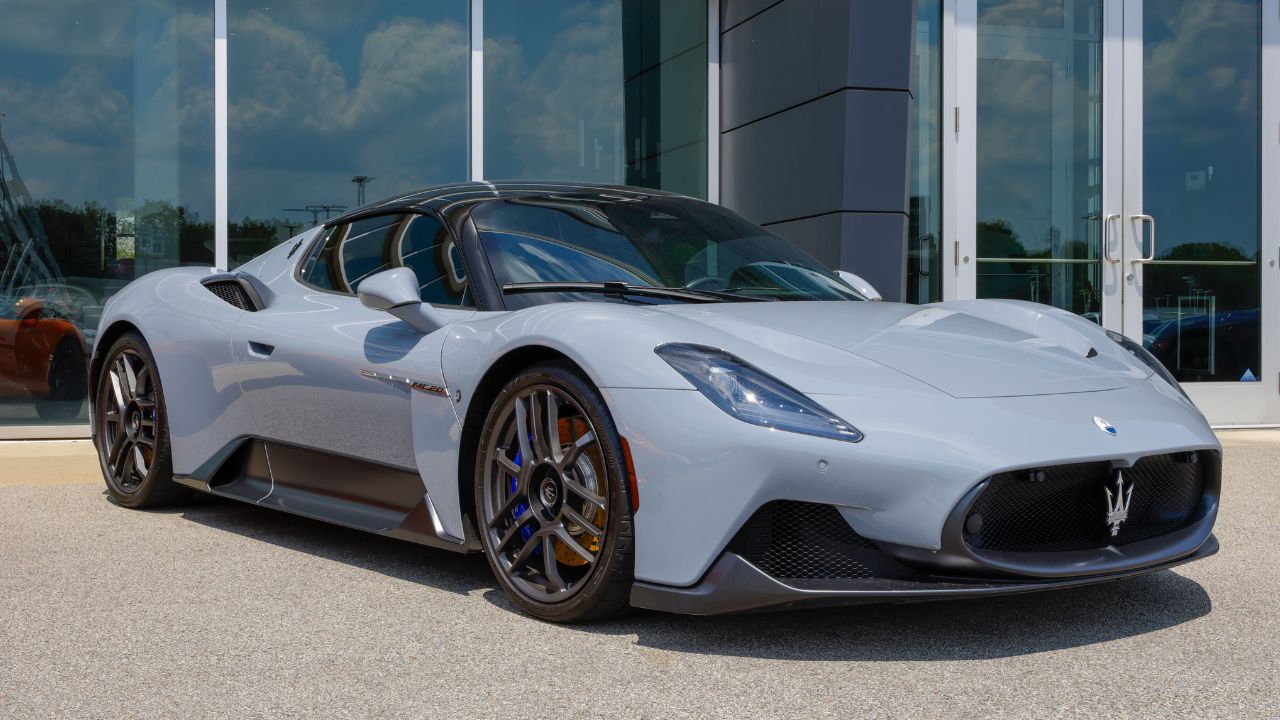
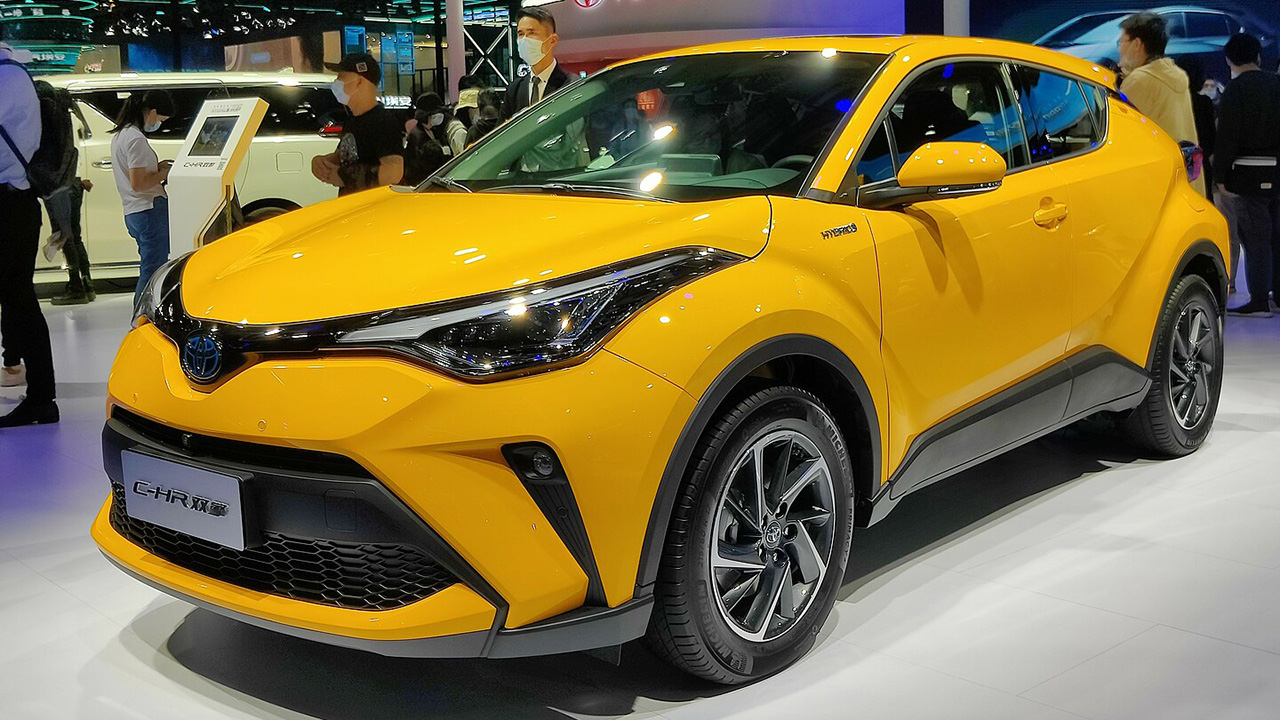
Leave a Reply